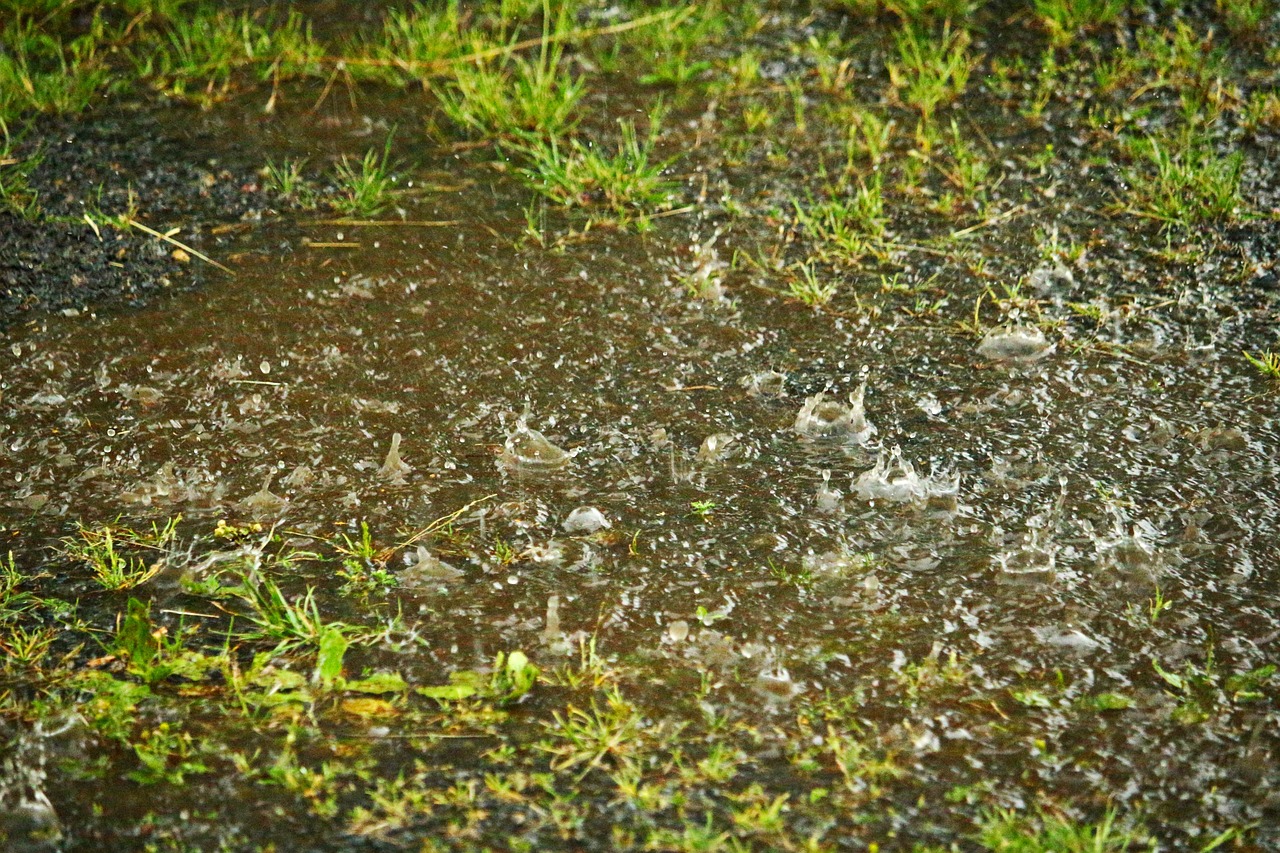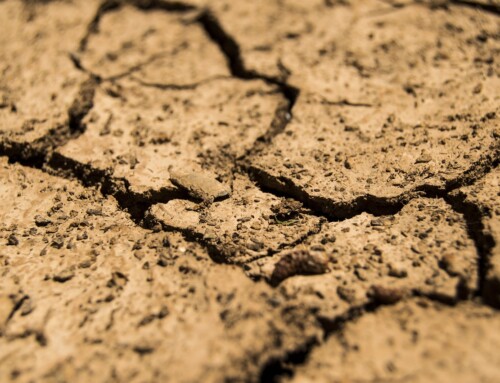Hurricane Debby may have been a tropical storm when she hit portions of the Florida Gulf Coast, but the wind wasn’t the main concern surrounding this storm. Debby dropped unprecedented amounts of rain on our region, causing many areas, such as Sarasota, to experience significant flooding. Heavy rains and flooding can be a headache for many reasons – one of which is leaving you with a soggy yard that is a muddy mess.
Here’s a comprehensive guide to help you dry out your yard effectively and restore it to its former state.

- Assess the Situation: The first step is to assess the extent of the damage. Walk around your yard to identify areas with standing water, mud, or erosion. Look for signs of soil erosion, which might indicate where water has moved or where drainage issues exist. Understanding the severity of the waterlogged areas will help you determine the appropriate actions needed.
- Improve Drainage: Proper drainage is crucial in managing excess water. Here are some methods to enhance drainage:
- Install French Drains: French drains are trenches filled with gravel or rock that direct water away from problem areas. They are effective in areas where water tends to pool.
- Add Catch Basins: Catch basins are designed to collect surface water and direct it into a drainage system.
- Create Dry Wells: Dry wells are underground structures that allow water to slowly infiltrate into the ground. They are suitable for areas with persistent flooding.
- Grade the Land: Proper grading involves shaping the land to ensure that water flows away from buildings and high-traffic areas. This might involve re-contouring your yard to direct water towards natural drainage paths or away from your home.
- Aerate the Soil:
Compacted soil can exacerbate drainage problems by preventing water from infiltrating properly. Aeration helps improve the soil structure, allowing water to drain more efficiently and facilitating the growth of healthy grass. To alleviate soil compaction:- Use a Garden Fork: For small areas, a garden fork can help loosen the soil.
- Rent a Core Aerator: For larger areas, a core aerator removes small plugs of soil, allowing water to penetrate more effectively and improving root growth.
- Utilize Absorbent Materials
Absorbent materials can assist in speeding up the drying process for your soggy yard.- Spread Sand: Applying a thin layer of sand across the affected areas can help absorb excess moisture. Sand helps to improve soil structure and enhances drainage.
- Apply Peat Moss: Peat moss absorbs water and improves soil aeration. Spread a layer over the soggy areas and work it into the soil.
- Increase Air Circulation:
Enhancing air circulation can help speed up the evaporation process.- Trim Vegetation: Prune trees, shrubs, and grasses that may be blocking sunlight and airflow. This allows more sunlight to reach the soil, aiding in evaporation.
- Use Fans: If you have access to outdoor fans, use them to increase airflow over the soggy areas. Fans can help accelerate the drying process.
- Utilize Pumps:
For areas with significant standing water:- Submersible Pump: Use a submersible pump to remove excess water from low-lying areas. These pumps are designed to handle large volumes of water and can be effective in draining ponds or large puddles.
- Sump Pump: Install a sump pump in areas prone to persistent water accumulation. Sump pumps are installed in a pit or basin and are designed to remove water continuously.
- Allow Natural Drying
Sometimes, the best option is to let nature take its course. Florida’s warm, sunny weather will naturally dry out your yard over time. Avoid walking on soggy soil, as it can cause further compaction and damage. If the weather is favorable, monitor the yard and allow it to dry naturally. - Repair Soil and Lawn
Once the yard is sufficiently dried out:- Reseed or Resod: If the hurricane has damaged your lawn, reseed or lay new sod to repair the affected areas. Choose grass varieties that are well-suited to your climate and soil conditions.
- Soil Amendments: Add compost or other soil amendments to improve soil structure and fertility. Compost helps to enhance soil texture and support healthy root growth.
- Monitor and Maintain:
Regular maintenance is key to preventing future issues:- Inspect Drainage Systems: Ensure that all drainage systems are functioning correctly and clear of debris. Maintain French drains, catch basins, and other systems to ensure they are effective.
- Watch for Recurring Problems: Keep an eye on your yard for any signs of recurring water issues and address them promptly.
The Veransa Group helps Florida homeowners after storms in a variety of ways. We work with municipalities to pick up yard waste storm debris, but if you need to dispose of felled tree branches, you can bring them into one of our 5 area locations. Veransa also sells organic compost and soil amendments to help fill in and repair your soggy yard.



